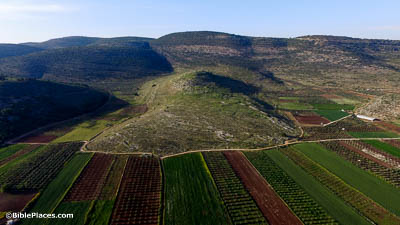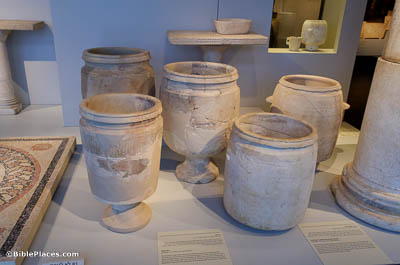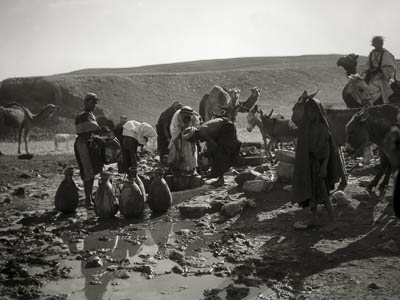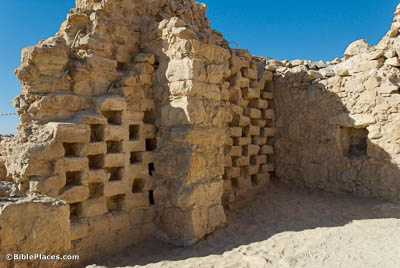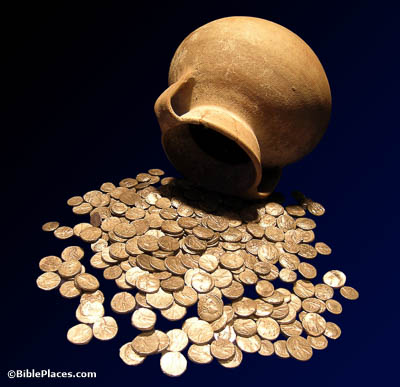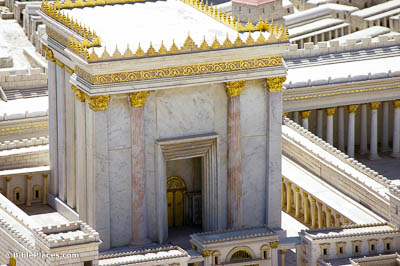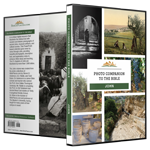And on the third day there was a wedding in Cana of Galilee (John 2:1).
John records two times that Jesus visited this place (2:1 and 4:46), and while there are several proposed locations for Cana, Khirbet Qana is the most likely. It’s only 8 miles (13 km) from Nazareth, less than a half-day’s walk for Mary and her family. Archaeologists have also discovered remains from the 1st-century city, lending further support to this location. The city sits on a prominent hill overlooking the Bet Netofa Valley.
